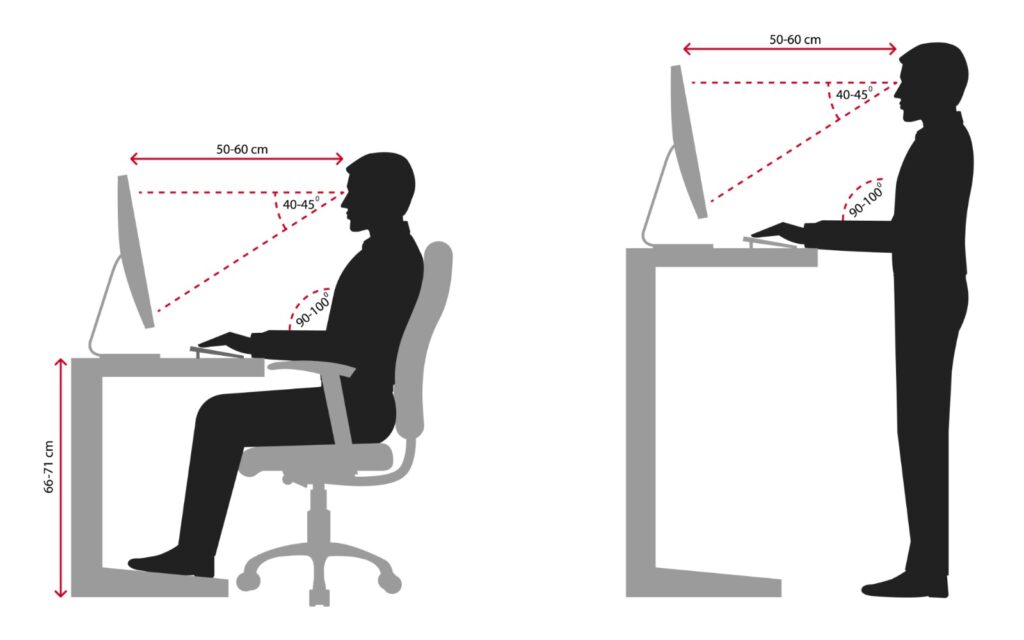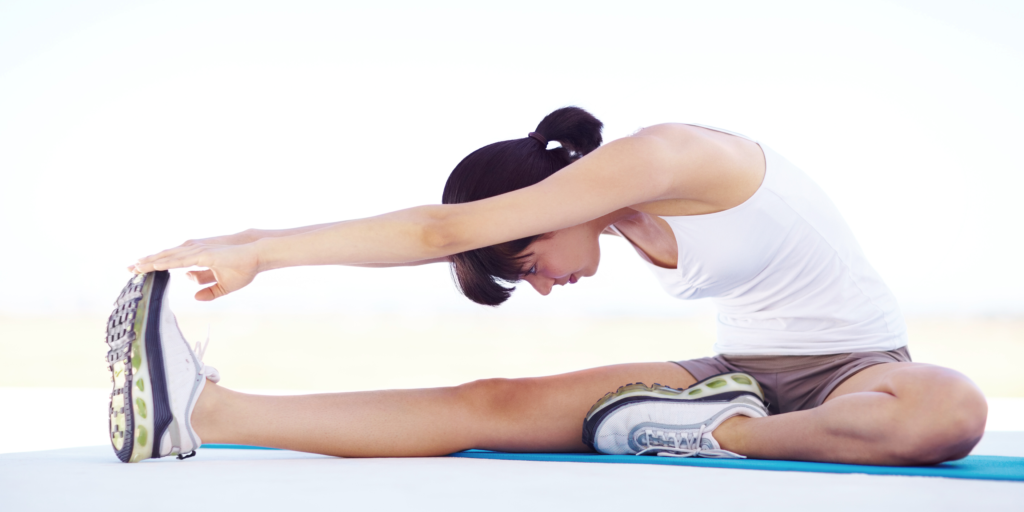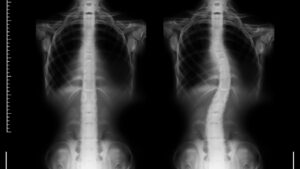Working from Home is the future

How To Deal With Backaches & Be Productive
It has certainly been a year of change for us and the whole world alike; it seems as though a huge reset button was pressed and now, we must adapt!
For most of us, working from home (WFH) has now become the new “normal”, whether we like it or not. For some, if not many of us the initial idea of WFH was welcomed with open arms and acceptance, not knowing from a clinical perspective the implications of living, exercising, working, attending meetings, and having your three meals a day in one place will have on us mentally, physically and spiritually.
It’s unprecedented what is happening currently in the world and although our health has always been important to many of us, it has never been more important now than ever. And for those who haven’t noticed or is ignoring their aches and pains; their bodies will force them to take notice now. Since we opened our doors after the circuit breaker, there’s been an overwhelming and concerning amount of people suffering from the pain of many origins.
Some report that the symptoms were there before but have gotten worse or aggravated since WFH has been implemented. Many reports of new pains that they never had before and wanted to prevent their conditions or symptoms from getting worse and/or from debilitating them from doing the simple things in life e.g exercise.

How To Deal With Backaches & Be Productive
As many of you already noticed, recently there has been an increase in articles written pertaining to how work from home is taking an absolute toll on our bodies I.e CNA. It alluded and referenced how prolonged sitting can have damaging effects on our body’s musculoskeletal systems. Now since the start of the circuit breaker period and for some even earlier we’ve experienced prolonged sitting due to the necessities of our job, communication with our colleagues and clients socially and professionally. There are no ways around the notebook, desktop, and/or phone.
As mentioned earlier there is no doubt there is a myriad of benefits to working from home such as no commute time and spending more time with family etc. However, do these perks and maybe other positives outweigh the negative impact of stress physically and emotionally on our musculoskeletal systems. Quoting from the Straits Times Singapore, “The survey, conducted by the National University Health System’s (NUHS) Mind Science Centre, found that 61 percent of those working from home reported feeling stressed, compared with 53 percent of front liners.”
Dr. Marc Calaunan B.Sc; D.C. (Chiropractor), the clinical director for Healing Hands Chiropractic Singapore, shares that Healing Hands has seen 1000 over patients with numerous musculoskeletal skeletal complaints or conditions both acute and chronic involving patients joints, ligaments, muscles, nerves, bones, tendons and discs that have led to specific and general neck & shoulder pains, headaches, low back pain, scoliosis, and knee pains to just name a few every month. Such conditions or complaints are usually associated with a history of trauma, bad habits with their posture, prolonged standing or sitting, exercising with bad ergonomics, lack of activity, and in most cases it’s their type of job they say that may make them susceptible to their pains.
They noted prolonged sitting has led them to bad postural positions and repetitive movements that stress the same joints, muscles, tendons, etc over and over causing a compounding type of pain where it gets worse as the day progresses. These habits or situations can have a profound and harmful effect on our musculoskeletal systems physically and emotionally. Thankfully and gratefully, however, we‘re Blessed to provide our patients the results they needed to get them back up and moving as pain-free as possible and live” said Dr. Marc.
Having said that, Healing Hands Chiropractic Singapore would like to share some tips on how we can create a healthier and more productive work from home environment.

1) Ergonomic Workstation - Standing Vs Sitting at your desk
There has been much research done about Standing vs Sitting at Your Desk with a mixed conclusion. On the other hand, many of us out there also don’t have the time nor know where to look for trusted information regarding preventative measures to keep ourselves upright and healthy.
So here at Healing Hands, we always advise our patients specifically to do things based on their habits, clinical conditions, and health goals. Additionally, we work together with our patients to educate them on why and how to do certain stretches and exercises.
Lastly, we advise them to always do things in moderation because often habits are hard to break, thus striving to simply find the balance between sitting and standing requires awareness of habits and knowledge of the right things to do and the right moment is empowering.
Coincidentally, although prolonged sitting of any kind is often compared as the new smoking due to its negative health effects, standing for a prolonged period may also cause problems for us like muscle fatigue which also will contribute to form musculoskeletal disorders, conditions and pains. Here are some tips to take in consideration…

- The monitor should be arm’s length away from your eyes (40-75cm) in order to avoid straining your eyes.
- The monitor should be placed directly in front of you, with the top no higher than your eye level. The keyboard should be directly in front of the monitor, so you don’t have to frequently turn your head and neck.
- The keyboard and the mouse should be close enough to prevent you to excessively reach for the mouse which can strain the shoulders and arms in the long run.
- The arm should be at a 90-degree angle to the shoulder with a 90-degree angle at the elbow.
- Rest your eyes periodically for several seconds by looking at objects (green color objects have been known to relax eye muscles) at a distance to give your eyes a break.
- Move your chair as close to your table as possible to avoid leaning and reaching.

2) Home Stretches
Working from home can also mean not moving as much as we are confined without our house. Stretching can help improve flexibility, and, consequently, the range of motion (movements) of your joints thus can improve your circulation in the region. Which can also improve;
- Performance in physical activities
- To decrease the risk of injuries
- Can aid in your muscles’ ability to work effectively and efficiently.
- Productivity as you work through the day with better energy and focus.

Lower Back Stretches
- With your hands and knees on the ground, slowly sink back through your hips to rest them on your heels.
- Carefully bend at your hips as you fold forward, walking your hands out in front of you.
- Rest your belly on your thighs.
- Extend your arms in front of your body with your palms facing up.
- Focus on breathing normally and relaxing any areas of tension or tightness.
- Hold this stretch pose for a couple of seconds at a time and maintain your breathing.
*Bonus tip: We have written an article all about lower back pain Here

Shoulder Pain Stretches
- You can stand or seat for this stretch, sit up straight and bring one arm overhead and drop your forearm behind you, resting your hand on your back between your shoulder blades.
- With your other hand, grab your bent elbow and pull gently, until you feel a stretch in your shoulder, and the back of your arm (triceps).
- Try to keep your bicep close to your ear, and don’t force it past.
- Hold for at least 10-15 seconds, then repeat on the other side and always maintain your breathing.
*Bonus tip: We have written an article all about shoulder pain Here

Hamstring Stretches
-
Sit with one leg extended and your back straight. Bend your other leg so that the sole of your foot rests against your mid-thigh.
-
Keeping your back, neck, and leg straight, reach to your ankle and hold onto your toes.
-
You should be able to feel the stretch from the back of your thigh
-
Hold pose for 30 to 60 seconds
-
Repeat 2 to 3 times per day

3) Healing element: Water
When I asked the question “how much water do you drink daily”, patients have a tendency to reply with: “I don’t actually know because I have so many things to do” and “I drink one big bottle a day and I drink a lot of coffee/tea”. This is a good indication that we are not aware of how much we are drinking and most importantly we probably don’t have the idea of how much we should be drinking per day which is supposed to around one liter of water per 25 kilos of body weight. If you exercise consistently and if the environment you live in may be hotter you may need more than that.
Optimally it is believed that women should have an average intake of 2.2L of water daily and 2.7L for men. This may sound like a lot but if you put it into perspective: one can drink one glass every hour starting from when they wake up you can achieve more than you need in a day. It just takes a commitment from you, the individual, and to your health to bring about this good habit of drinking enough water daily.
Lastly, it’s worth noting that Physiologically, our tissues (neurons, tendons, muscles, bones, joints, cartilage, etc) that are dehydrated (lack of water) in our body often do not function well, does not heal well, more fatigued and are consequently more prone to injuries and inflammation. So working from home can be a very good time to establish this good habit of drinking enough water and get on the road to being healthy.

4) Set a personalized healthy schedule
One of the biggest hurdles working from home is the distractions that come along with being at home such as pets, family, household chores & the perceived freedom we have at home during the working hours.
It’s a common misconception that often plagues us because it’s our home, our sanctuary. We have to keep in mind however that you are know living, showering, sleeping, exercising, stretching, eating, attending work meetings, and working; all in the same space. This can be daunting in the long term mentally, emotionally, and physically.
So, it can help to define your working, exercise, and personal hours. Develop personal habits that are conducive to your personality and emotional needs in your space that will provide you with the feeling of focus, positivity, and inspiration to be productive and balance mentally and physically. This will be the first step towards organizing yourself. You can incorporate an online calendar, create personal events and reminders that tell you when to shift gears and start on new tasks to keep you in line with your tasks daily.

5) Seek A Professional Whom You Can Trust
For instance at Healing Hands Chiropractic Singapore, one of our mission every day is to help people lead and live happier & healthier lives by working together with each patient specifically to try and eliminate their pains, aches and/or concerns through effective, natural & holistic treatment by a team who cares. One of the best ways to that a step forward is to look after our spine(s) because it can mean the SAME as looking after your ENTIRE BODY.
One of our promise to each of our patients is that our chiropractors will provide a holistic treatment approach that first seeks to realign the spine to reduce the stress and pressure on nearby muscles and nerves, restoring the movement in the joints, and removes any possible interference in the body’s healing process. We‘ve also taken the opportunity to write an article about the benefits of seeing a chiropractor here.
Key treatments & Advice
- Adjusting and manual therapy to the spine to help restore the essential motion of the 24 movable segments of our spine.
- Greater range of motion in our spine and joints can reduce the stress on the body’s nervous system by allowing more mobility you increase your circulation to the area.
- Working with the muscles of the body to decrease muscle stiffness and decrease fatigue.
- Allowing the body to restore balance during work and play
- Specific Exercises, stretching and lifestyle advice specific to the patient to help them maintain a healthy body and prevent injuries from occurring



